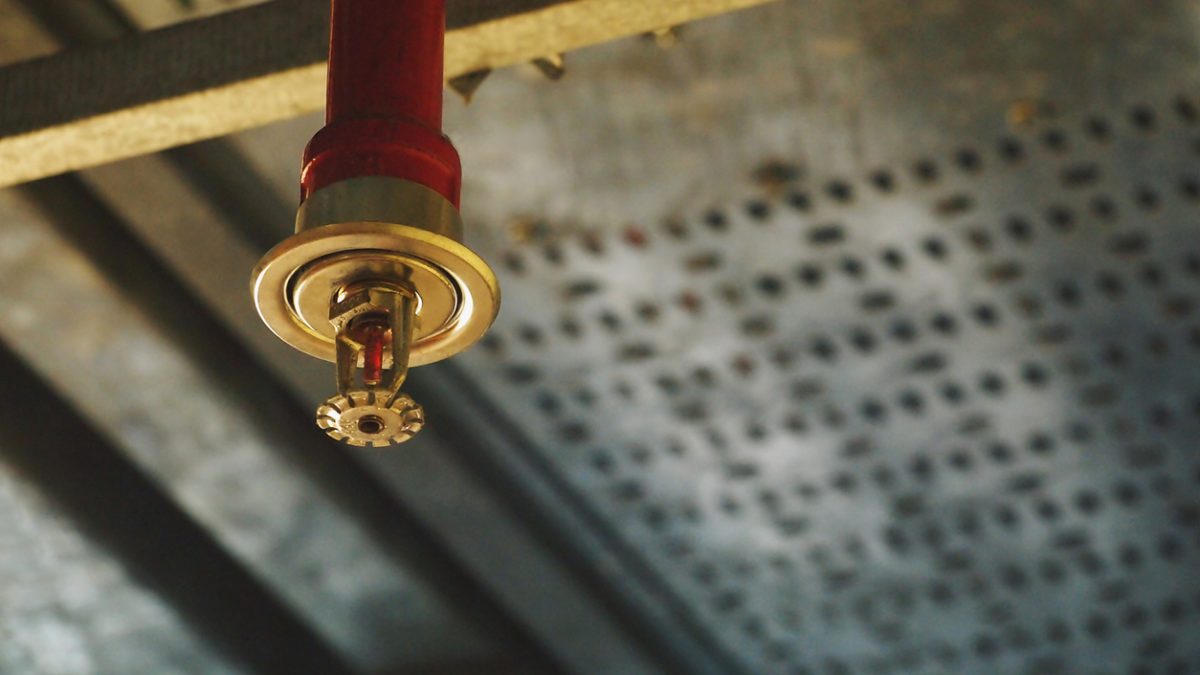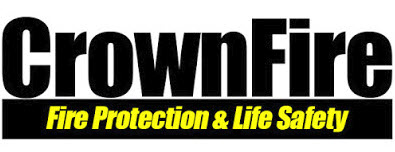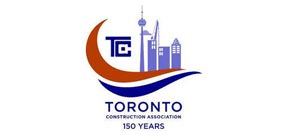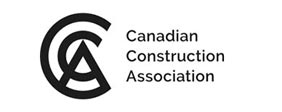
Fire Protection Requirements When Building or Renovating Your Office
If you are planning to do some renovations in your office or building a brand-new one, there are fire protection requirements you need to consider. Not only is a fire plan for the safety of the employees inside the building, but it also helps ensure the protection of the equipment and data you have stored inside.
So what are some of those requirements you should pay attention to? Let’s take a look at fire sprinkler systems, fire alarm systems, the types of materials needed, emergency lighting and having a fire safety plan put in place.
Fire Sprinkler Systems
If a fire broke out in your building, you need to have a system in place that can do the following three things:
- Remove or stop the fuel source of the fire;
- Eliminate the fire’s oxygen source; and
- Cool the fire down to below the combustion temperature.
Installing the proper fire sprinkler system will help do just that. Having on that is automated is your best solution. The smoke from the fire will trigger the sprinkler system to go off as quickly as possible.
The type of sprinkler system should also be considered, depending on what if all in the office. If you are not worried about damage from the water, a standard automated system will work. However, if you have an office with a lot of electrical equipment, a water sprinkler system could do more damage. Instead, a fire suppressant system with a clean agent is environmentally friendly, non toxic, easy cleanup, without damaging your electrical equipment.
Fire Alarm Systems
Installing a fire alarm system should be a priority. Your alarm will not only alert the entire office building of a fire, but it will also inform emergency services. The quicker you can get the word out of an emergency, the better chance of preventing injuries to the employees and damage to the building.
Depending on the extent of your office (what it all houses) will dictate the type of alarm system you should install. Again, if you have a lot of electrical equipment in your office, it may be worthwhile to include an emergency power off function (EPO) to your alarm system. When the fire triggers this function, it will shut off power to the area. It could help prevent the fire from spreading, stop the fire if it is electrical related, or prevent further damage to equipment if the sprinkler system is set off.
Type of Materials Used In the Build
The less amount of combustible material used, the better. Although the items within the office play a significant role, a fire typically spreads throughout the walls and ceiling of a building. So using material that is less flammable should be considered.
The insulation between the walls should also help prevent the spread of a fire. Not only that, insulation will help spread the smoke from the fire across other rooms. Sealing up the walls as much as possible with fireproof sealing will help ensure a minimal amount of smoke will spread.
Smoke can be as dangerous as, or even worse than the fire. Smoke inhalation can kill, but it can also debilitate a person which would put them at risk of fire burns.
Emergency Lighting and Exits
When a fire breaks out, the electrical system won’t last for very long – especially if you have an EPO installed. When there is no lighting in an office, it is quite dark. With no light, it makes it extremely difficult for employees to escape, and emergency services to get in.
Install emergency lighting throughout the office. They should run on a backup power source, like a battery, so they turn on when power is off. The lights should help dictate where the emergency exits are.
Fire Safety Plan
A fire safety plan could save the lives of your employees. This plan should include the routes taken to the emergency exits, what to do when someone smells smoke, notices a fire, who to call and the muster points outside of the building.
Not only that, a fire safety plan should include routine maintenance to all of your emergency equipment and systems (like those stated above). The purpose of the plan is to ensure everyone within the building remains safe at all times.
A guest blog brought to you by:
Links Used/Resources:
https://www.thenbs.com/knowledge/fire-safety-design-its-not-just-about-approved-document-b
https://www.wfm.co.in/restricting-the-spread-of-fire-and-smoke/
Recent Posts

Want to Reduce Noise in the Office? Improve Your Acoustics

6 Of The Most Common Office Design Mistakes You’ll Want To Avoid

The Benefits and Drawbacks of Open Ceilings

3 MORE Upcoming Interior Design Concepts for the Office Space

Tips From a Commercial Contractor: The 5 Most Common Complaints About Office Design










